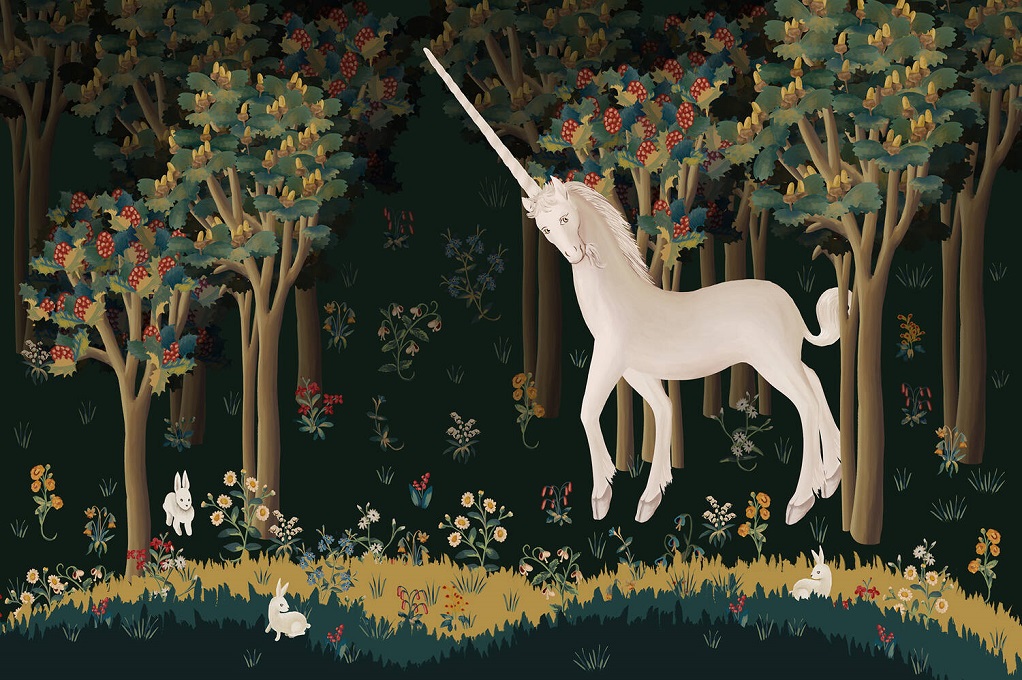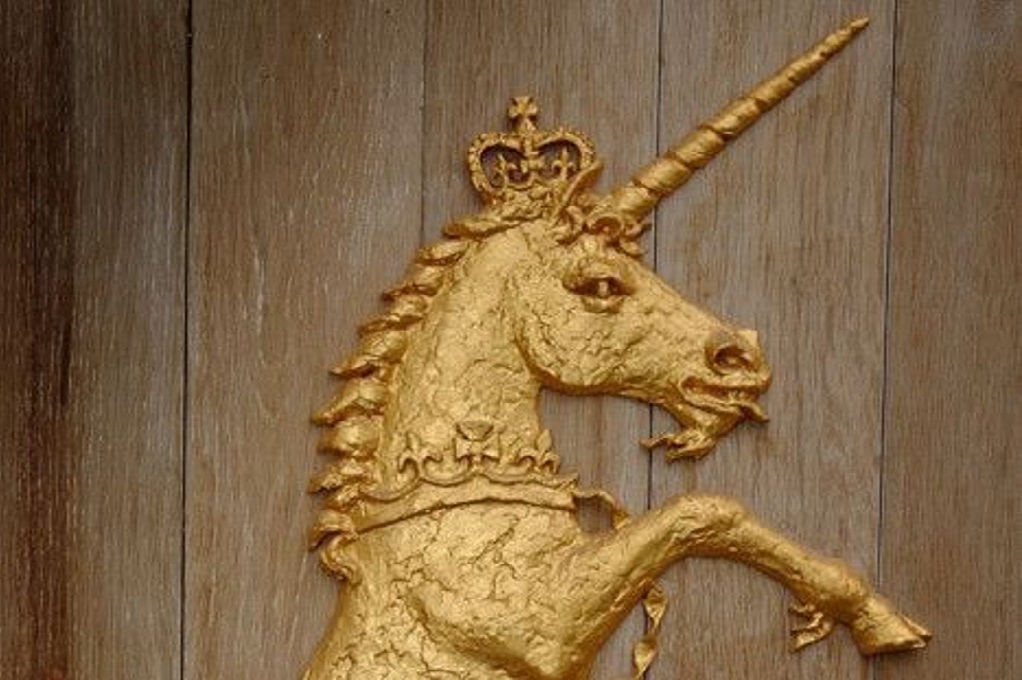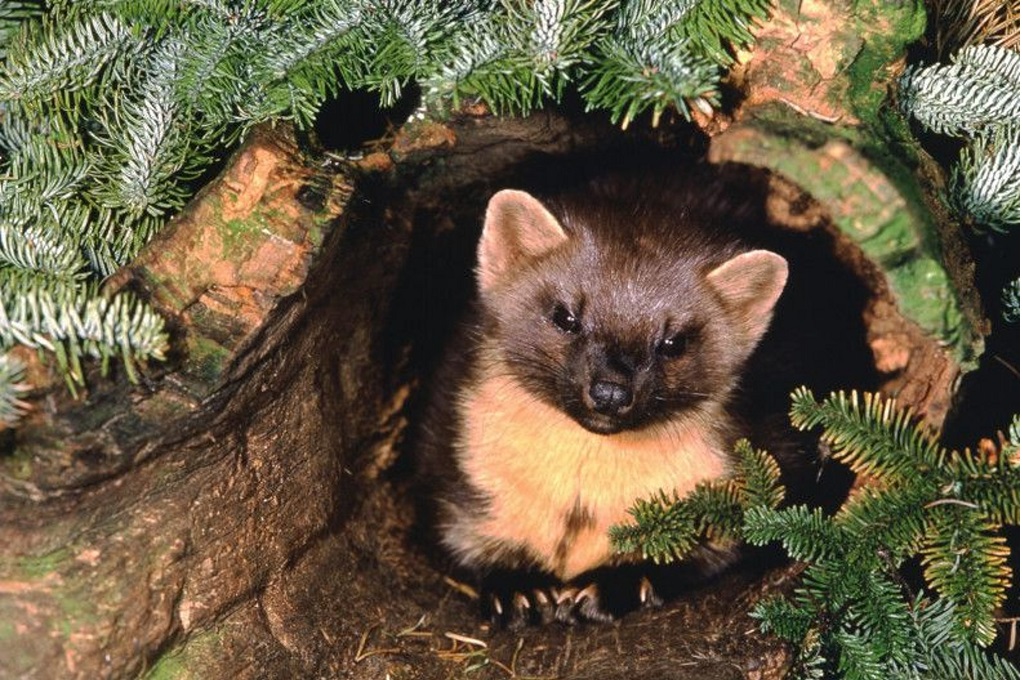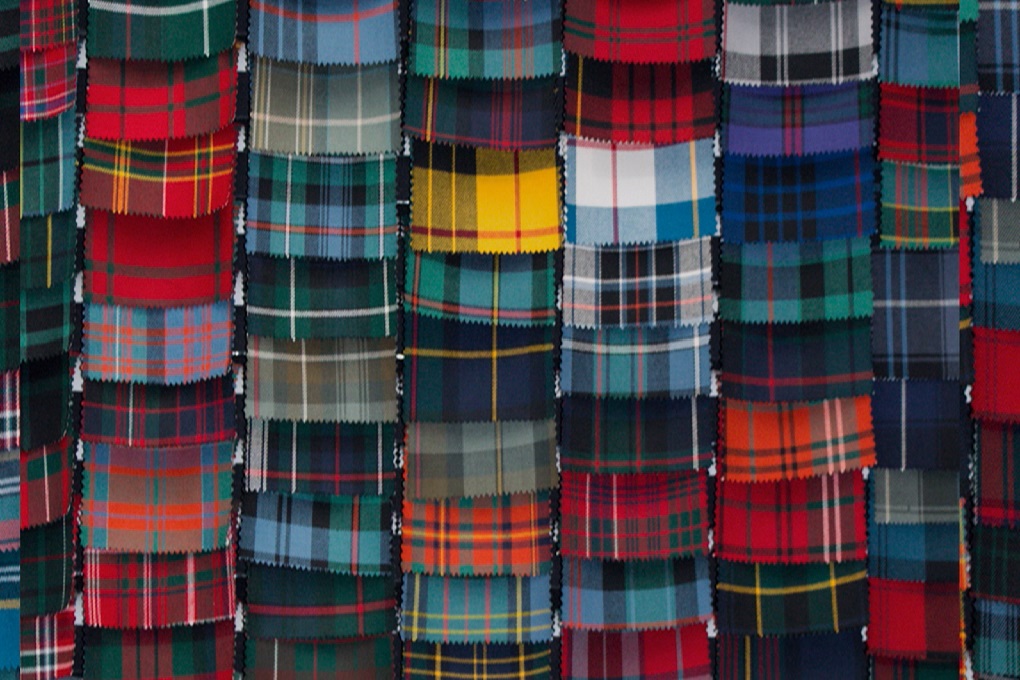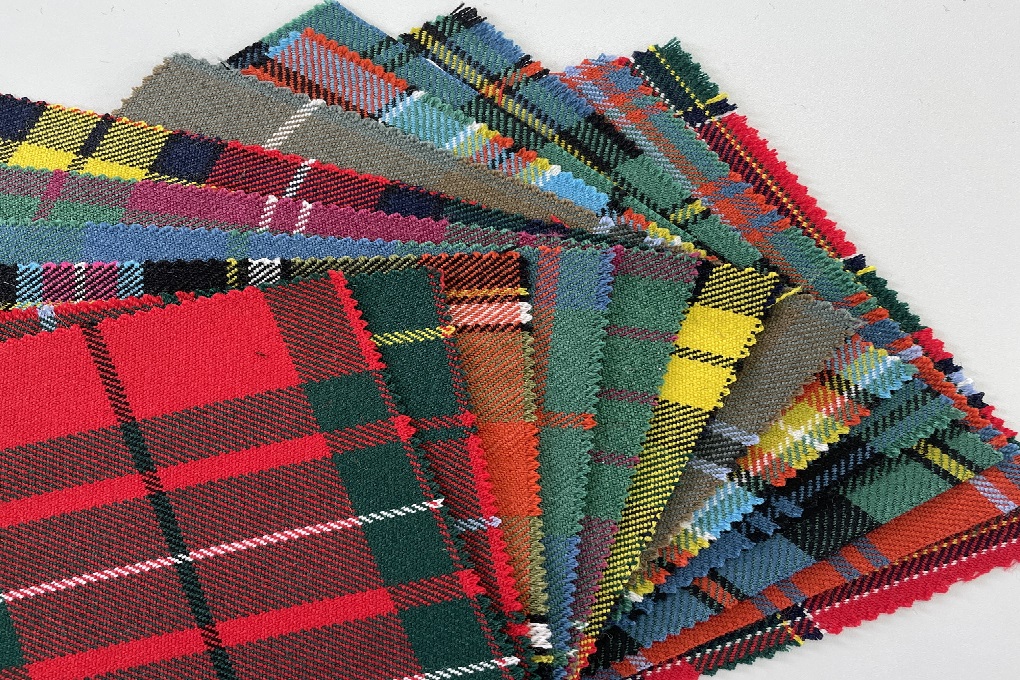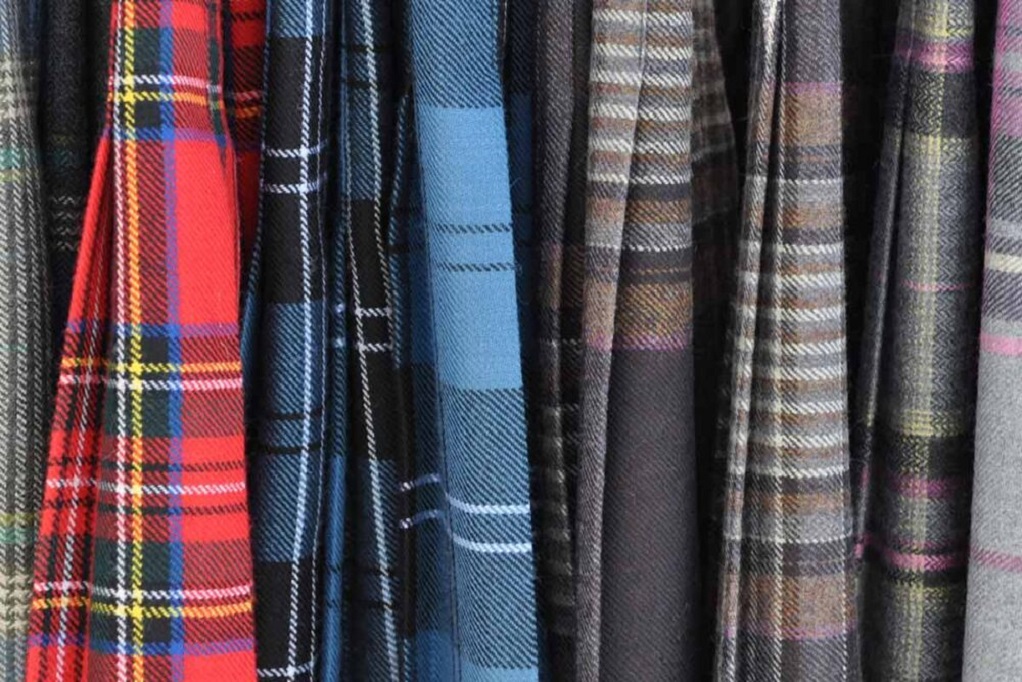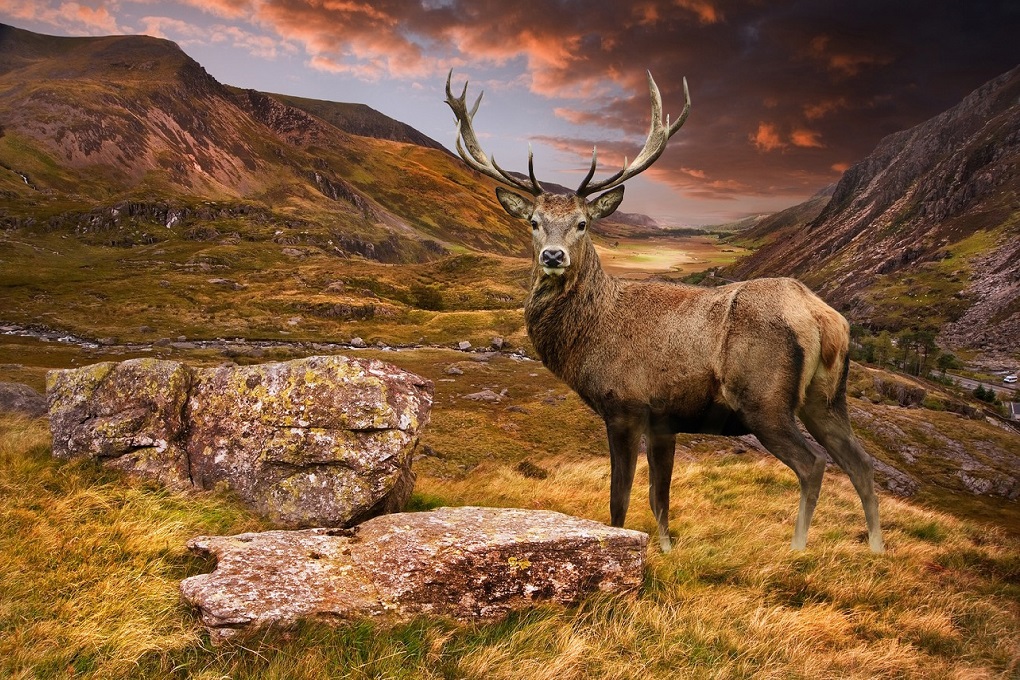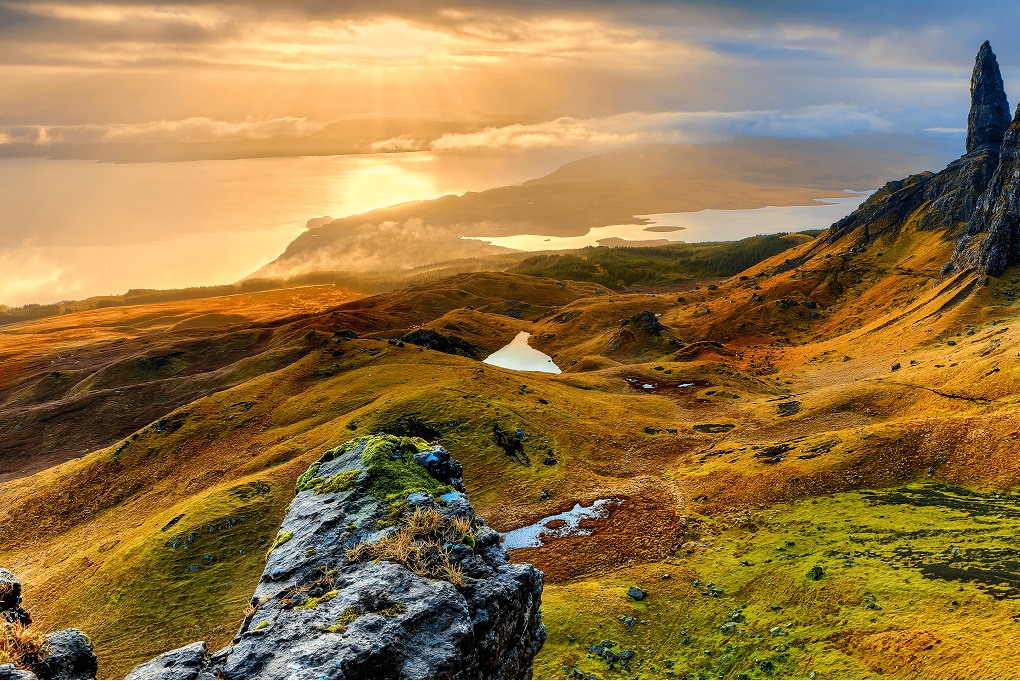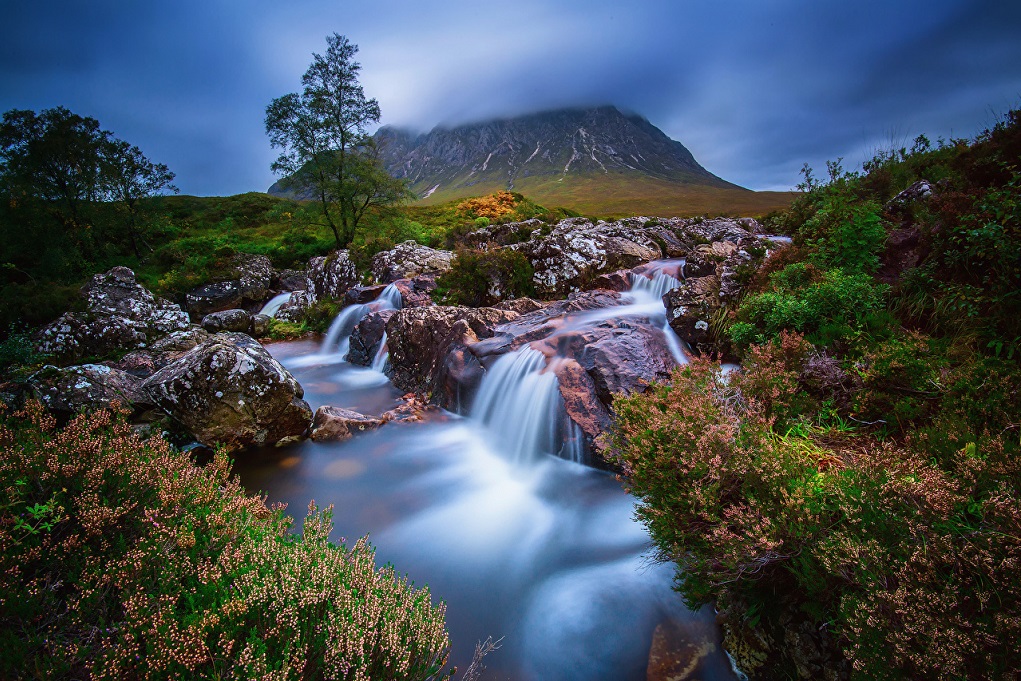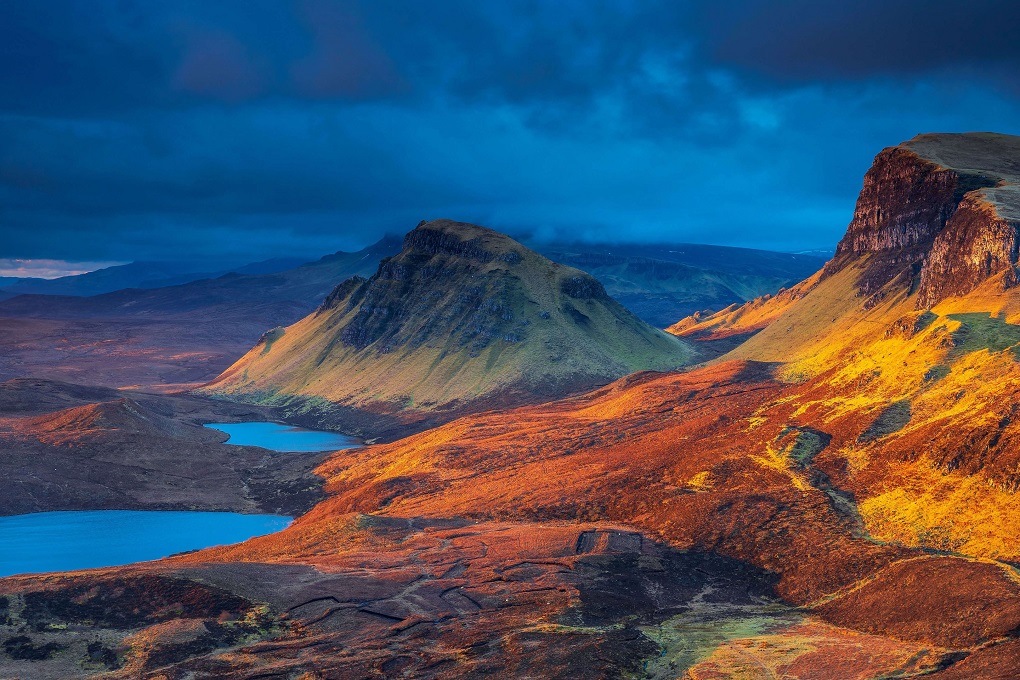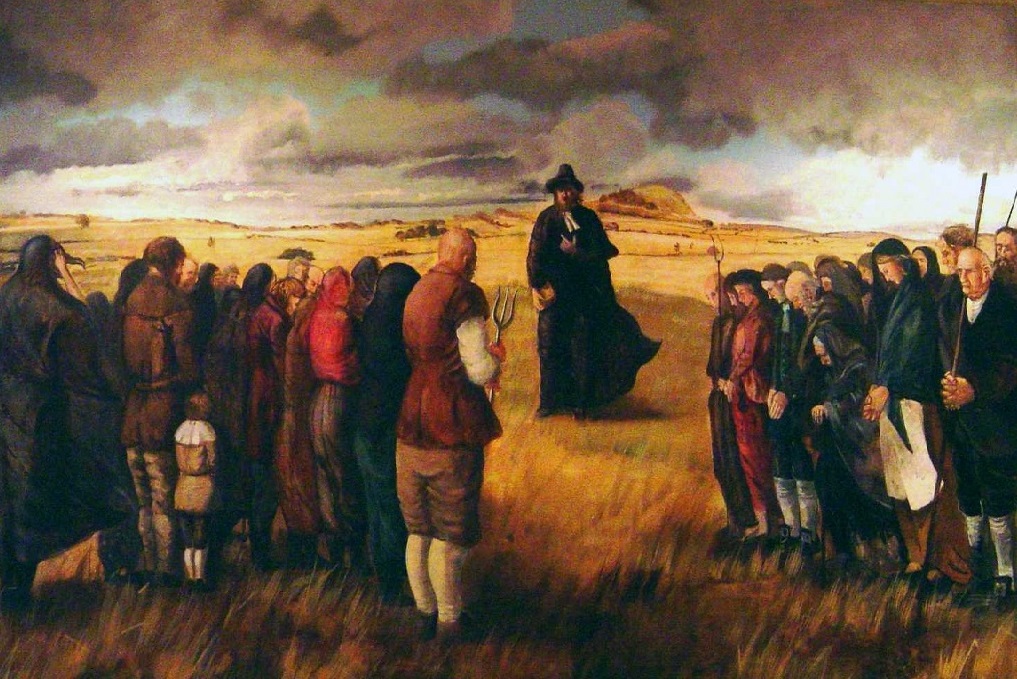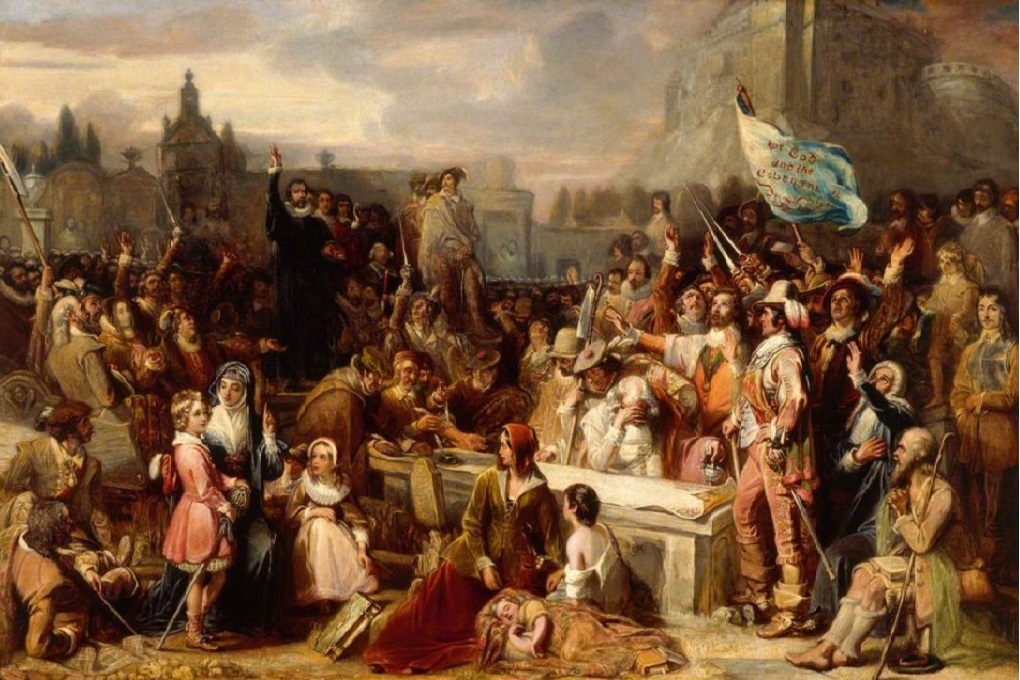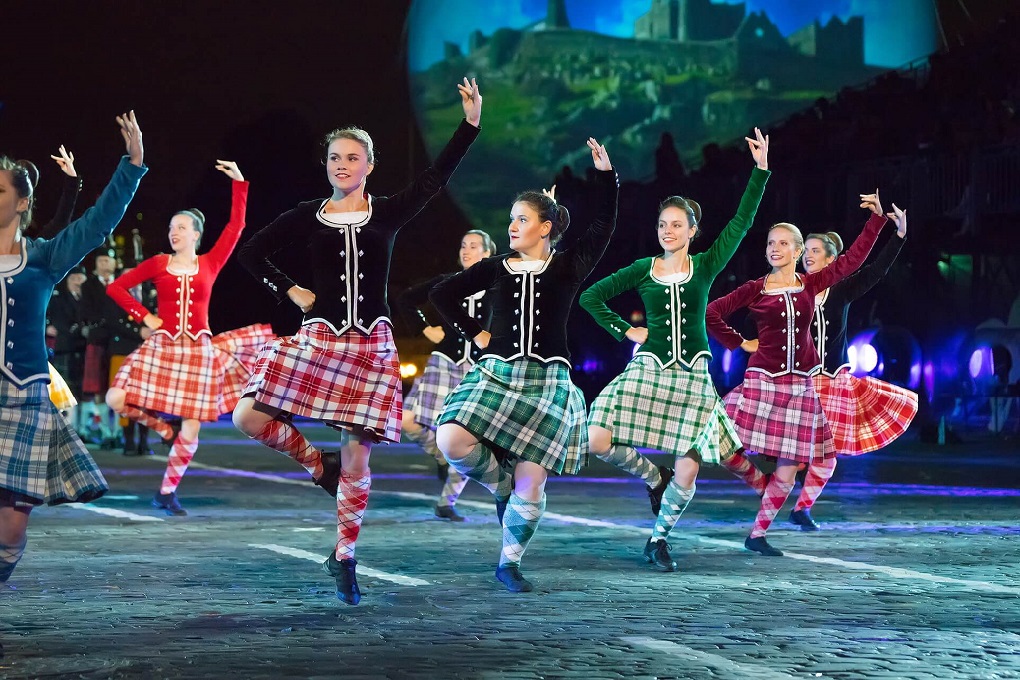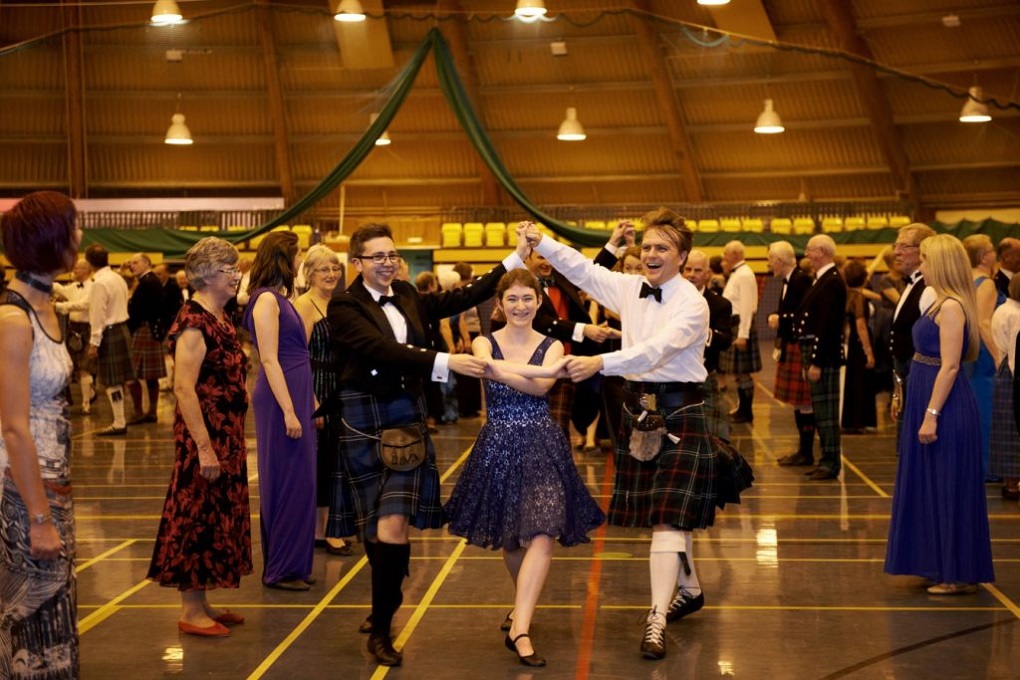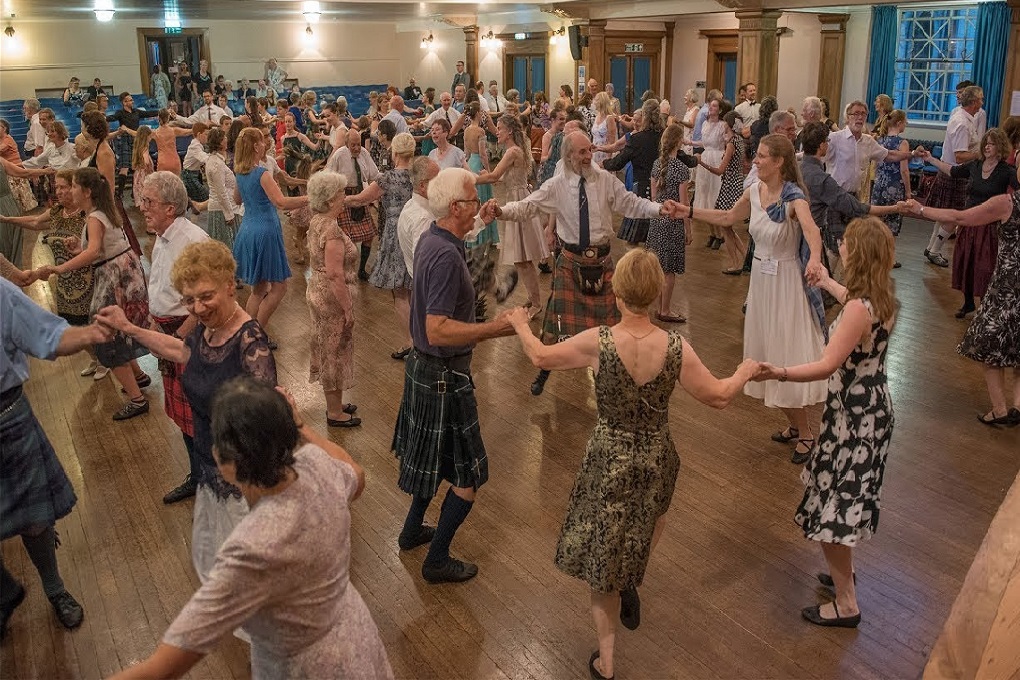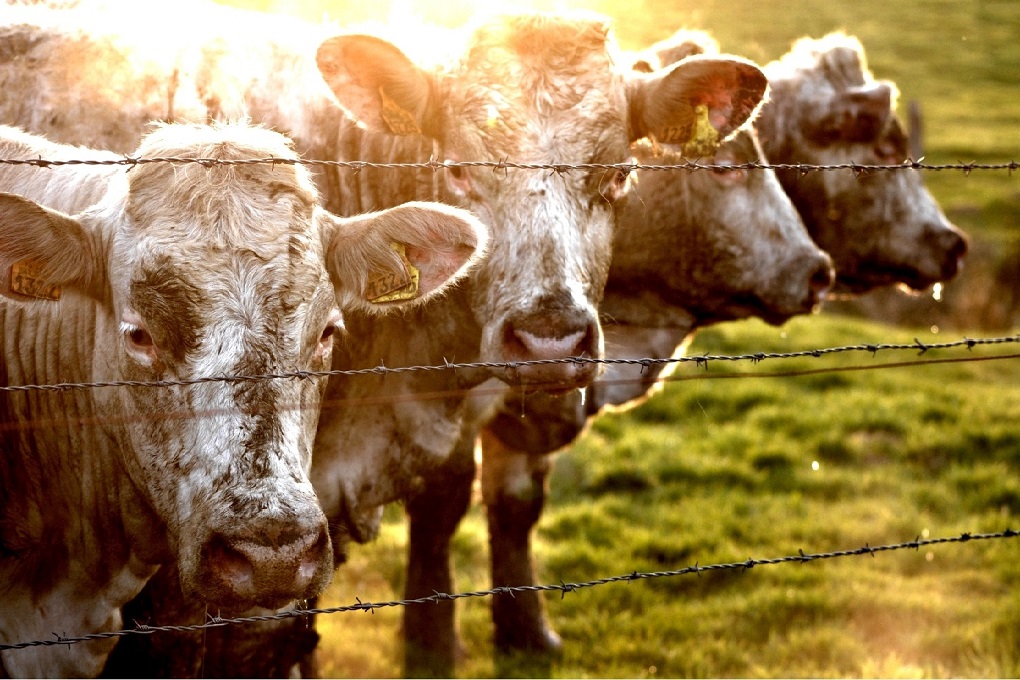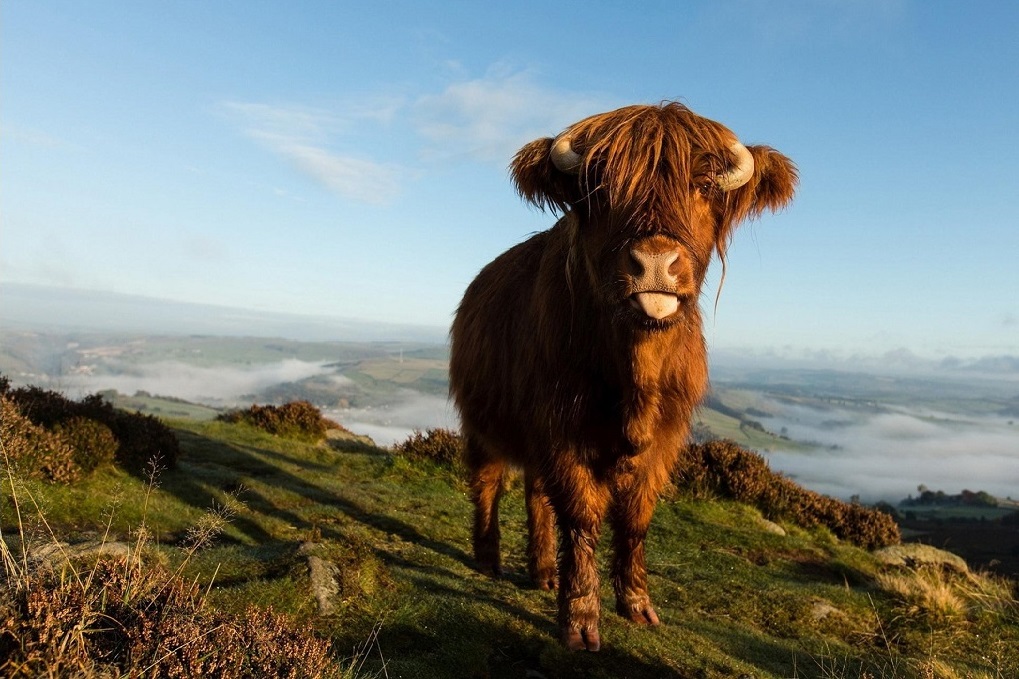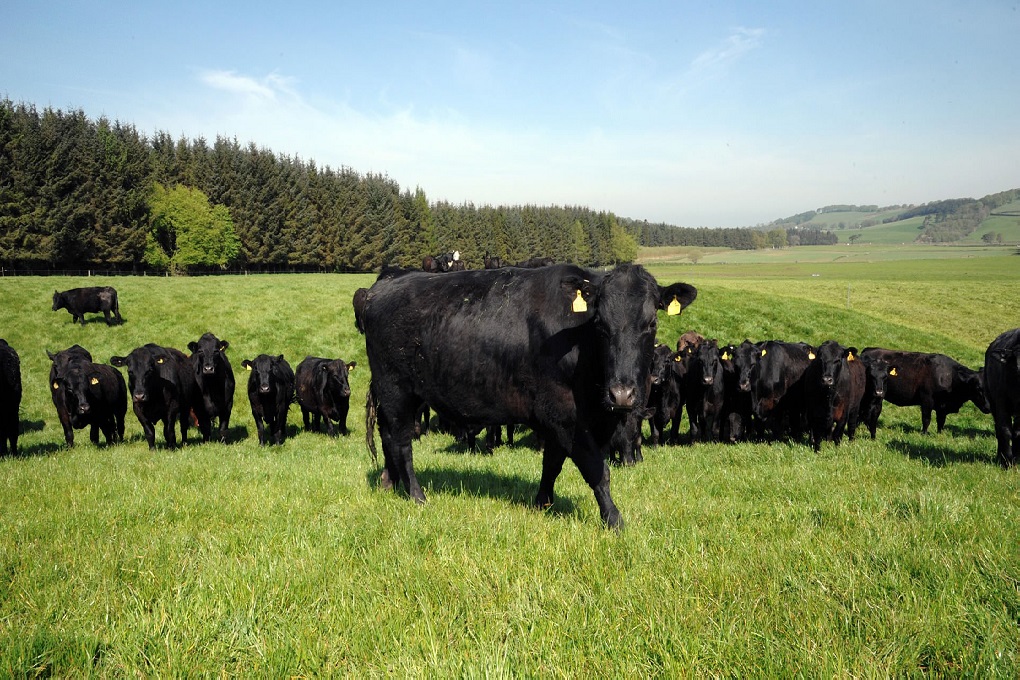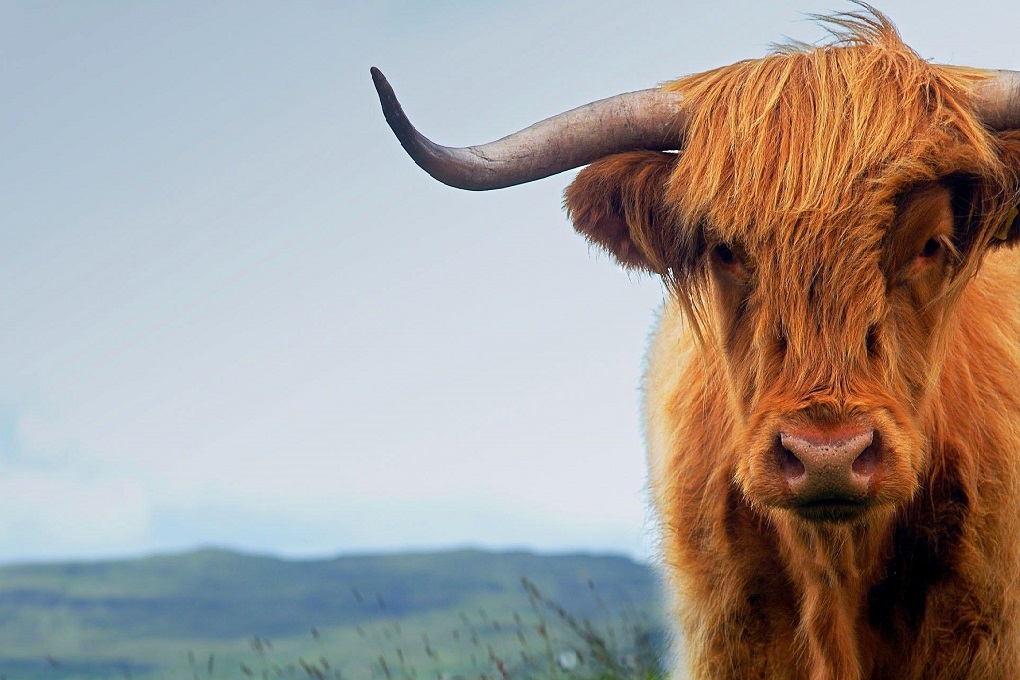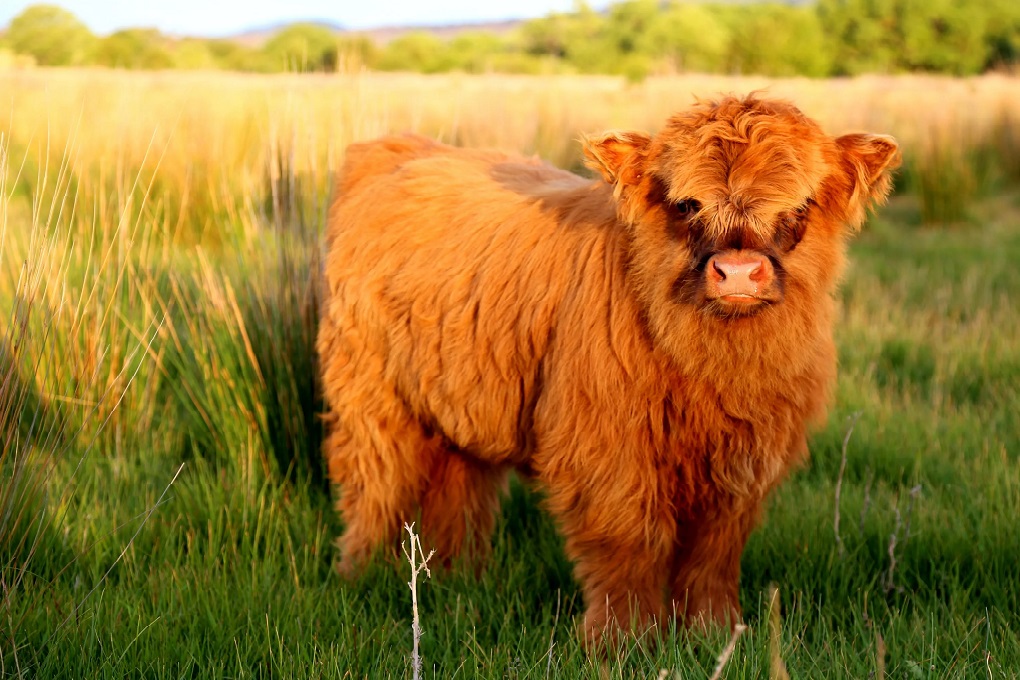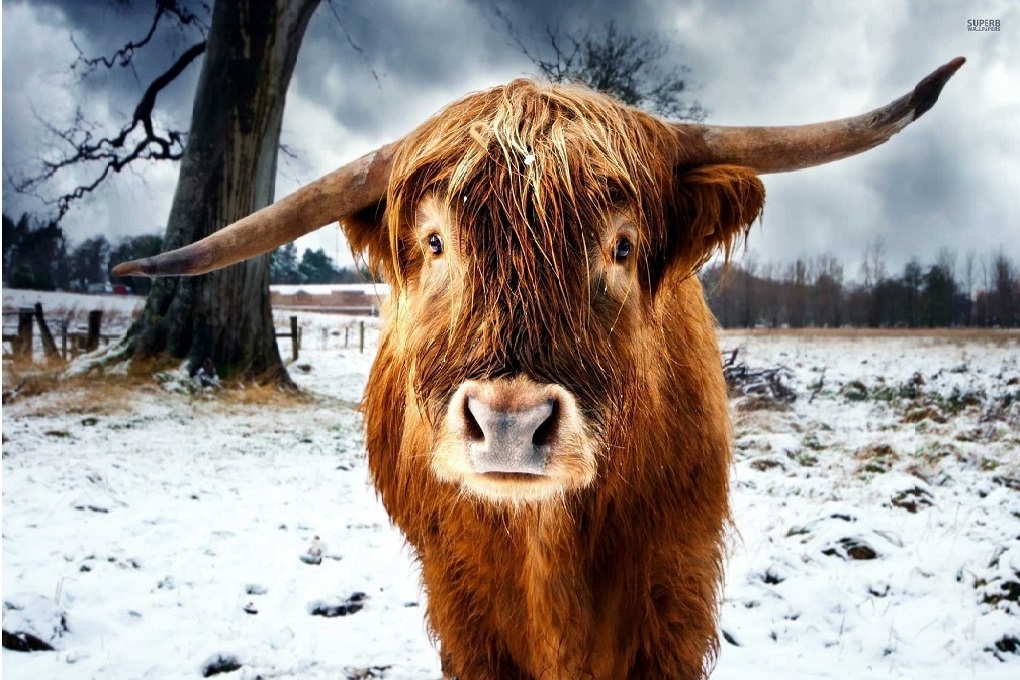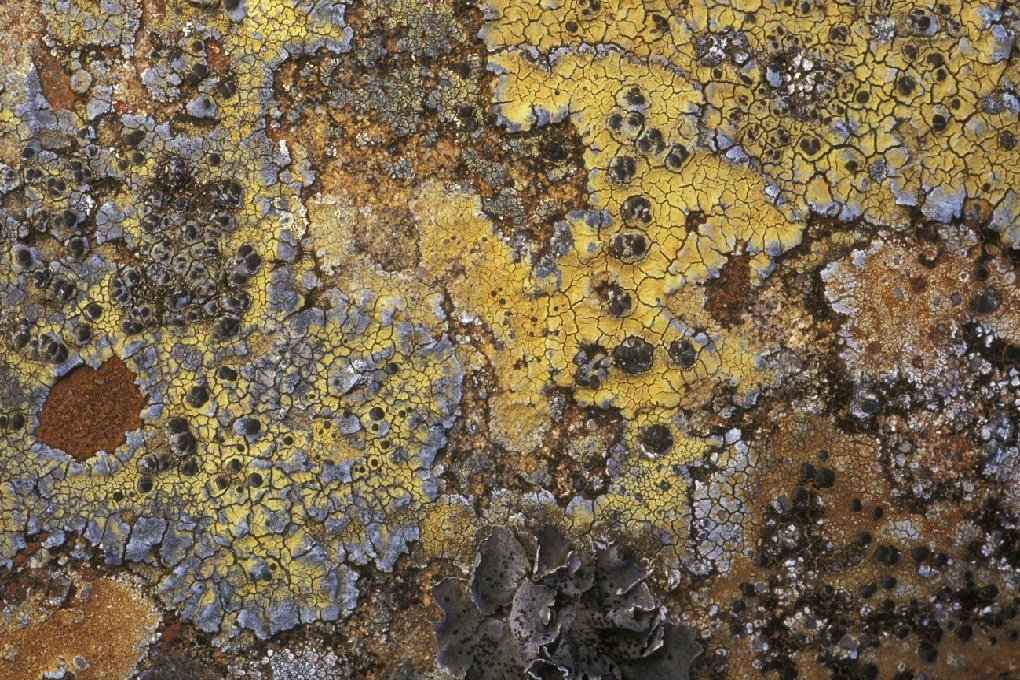Wee History of Scotland’s Unicorns
In a corner of Edinburgh, outside the Palace of Holyrood House with its witches’ hat towers and crenellated turrets, 74-year-old tour guide Kenny Hanley can often be found pointing to a little piece of magic atop an ornamental gateway at the residence’s southern approach. The focus of his attention is an almost-forgotten stone emblem
Wee History of Scotland’s Wildlife
Scotland is a haven for wildlife, here, you can see wild animals that are rare or extinct in the rest of the UK roaming free throughout the highlands. It Is a brilliant place for wildlife spotting. Some creatures you will easily spot on a trip to Scotland. Red Deer, Mountain hares and
Wee History of Scottish Tartan
Modernly, we use the word Tartan to describe cloth (usually wool) that uses threads of different colors in both the warp (vertical threads) and weft (horizontal threads) of the weave to create a distinct pattern, usually of several colors. The pattern can be varied by the colors, number of colors and number of
Wee History of Scotland’s Stalking
Scotland is home to four species of deer: Red, Roe, Fallow and Sika. Each of these species has a different season for males and females. Etsy - A Hunters Prayer, “We pray our sights be straight and our aim be true. We pray for no pain to the game we pursue. We thank
Wee History of Scotland’s Mountains and Hills
Scotland is the most mountainous country in the United Kingdom. The area north and west of the Highland Boundary Fault is known as the Scottish Highlands contains the country's main mountain ranges. The southern and eastern parts of Scotland are usually referred to as the Scottish Lowlands, but these areas also have significant ranges
Wee History of the Scottish Covenanters
BEGINNINGS: The Good News of Jesus was first brought to Scotland by St Ninian, who founded a Church in Whithorn around 397 AD, in the Fourth Century. The Church was known as Candida Casa, meaning ‘Shining Light’ – possibly a reference to the Light of the Gospel, with Jesus being proclaimed as the
Wee History of Scottish Dance
The "dancies", travelling dance teachers, brought the latest dances from the ballrooms of Edinburgh and Paris, to teach farming communities “Reel Dancing”. The Scots loved “Reel” dancing. The Reel is indigenous to Scotland. The earliest reference was in a witchcraft trial of 1590, where the accused was reported to have "daunced this reill
Wee History of Scottish Cattle
Angus are a breed of cattle in Aberdeenshire, Scotland and are known as Aberdeen Angus. Ayrshire cattle are a breed of dairy cattle originating from Ayrshire in southwest Scotland. The Belted Galloway is a heritage breed of cattle originating from Galloway in the west side of southern Scotland. They can be black/white, brown/white,
Wee History of Scottish Coos
Highland cattle are Scotland’s adorable signature animals: shaggy, friendly representatives of the moors and highlands. Also known as Heilan Coos, Highland cattle have a close and fascinating relationship with the people of Scotland and are a tourist attraction in their own right. You can spot these magnificent creatures wandering the misty moors or at
Wee History of Scottish Flora
Thistle - According to a legend, an invading Norse army was attempting to sneak up at night upon a Scottish army's encampment. During this operation one barefoot Norseman had the misfortune to step upon a thistle, causing him to cry out in pain, thus alerting Scots to the presence of the Norse invaders. Some sources


